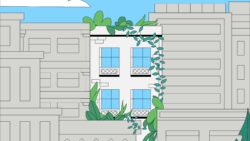 Workout Basics
Workout Basics Do you need to do heavy deadlifts?
Whether you need to do heavy deadlifts depends on your fitness goals, physical condition, and training experience. Here ...
 Workout Basics
Workout Basics  Workout Basics
Workout Basics  Workout Basics
Workout Basics  Workout Basics
Workout Basics  Workout Basics
Workout Basics  Workout Basics
Workout Basics  Workout Basics
Workout Basics  Workout Basics
Workout Basics  Workout Basics
Workout Basics  Workout Basics
Workout Basics